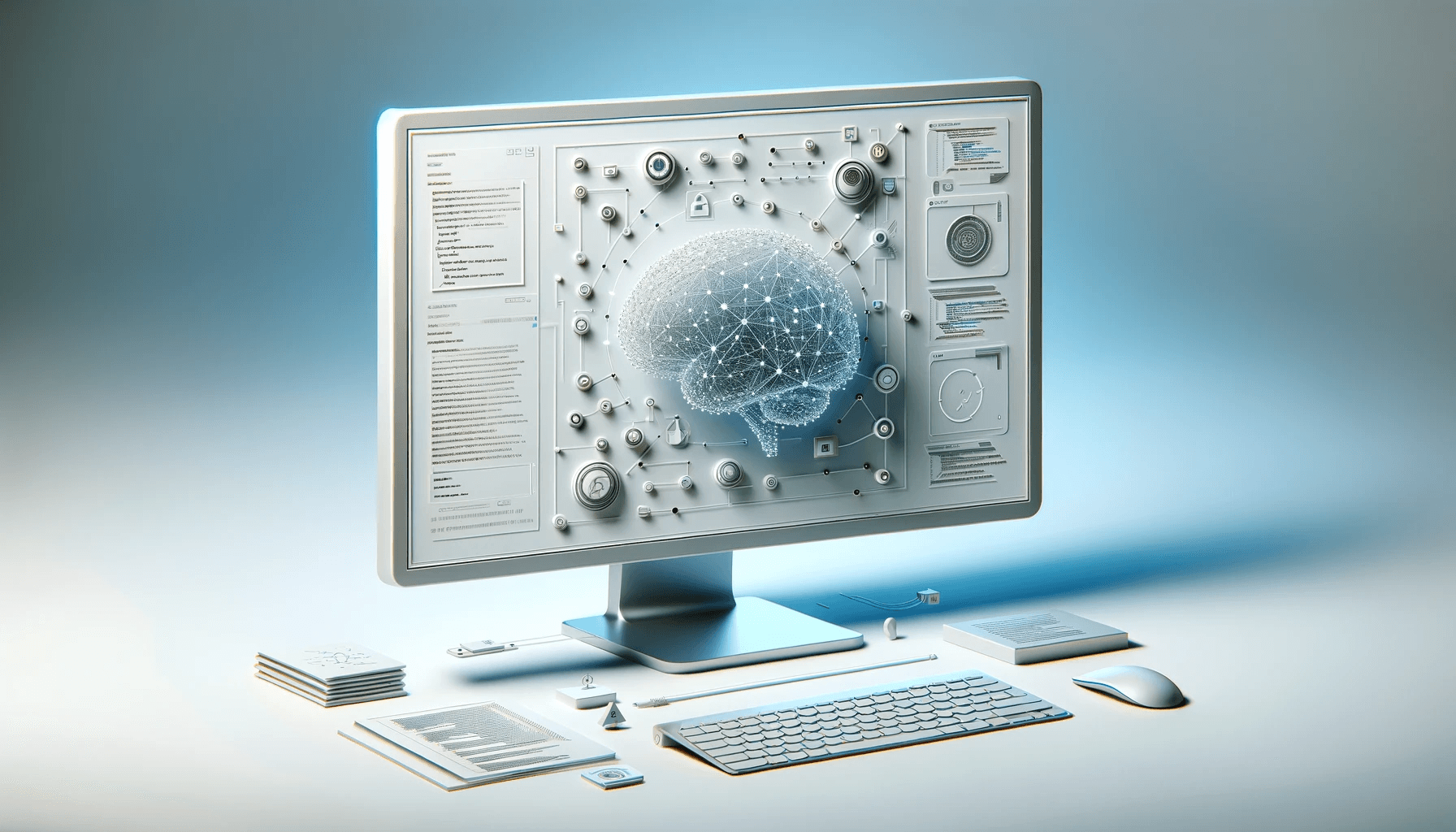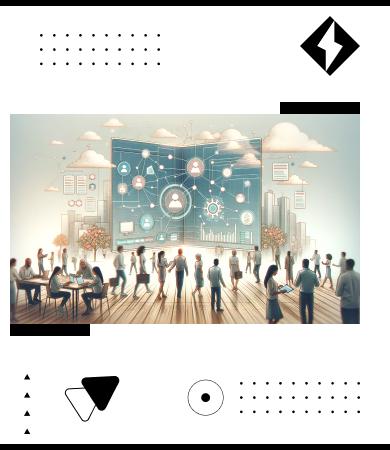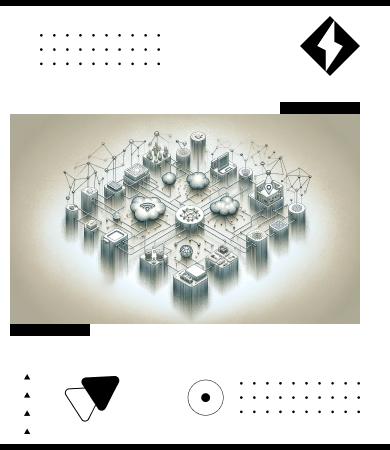Support center +91 97257 89197
Web DevelopmentMay 28, 2024
Enhancing Web Development with Generative AI Tools

Introduction
Web development has come a long way since the early days of the internet. From simple static pages to dynamic, interactive applications, the evolution of web development has been driven by the need for more functionality, better user experiences, and faster development cycles. In recent years, generative AI tools have emerged as a game-changer in the web development landscape. These tools leverage advanced algorithms to automate tasks, assist in code generation, and even enhance design processes, making development more efficient and effective.
Understanding Generative AI
Generative AI is a subset of artificial intelligence that focuses on creating new content by learning from existing data. Unlike traditional AI, which often relies on predefined rules and patterns, generative AI uses machine learning models to understand the underlying structure of data and generate new, original content based on that understanding. This can include anything from text and images to code and designs. The historical context of generative AI dates back to early machine learning research, but recent advancements in neural networks and deep learning have significantly accelerated its development and application.
Generative AI in Web Development
Generative AI is revolutionizing web development in several key ways. First and foremost, it can automate repetitive and time-consuming tasks, allowing developers to focus on more complex and creative aspects of their projects. For instance, AI-powered code generators can produce boilerplate code for various components, reducing the time spent on manual coding. Additionally, AI tools can assist in design by generating layouts, suggesting color schemes, and even creating responsive designs that adapt to different devices and screen sizes.
Benefits of Generative AI in Web Development:
- Efficiency: AI tools can significantly speed up development processes by automating routine tasks.
- Quality: By assisting in code reviews and bug detection, generative AI can improve code quality and reduce errors.
- Creativity: AI can provide design suggestions and inspiration, enhancing the overall aesthetic and user experience of web applications.
Examples of AI Applications in Web Development:
- Code Generation: Tools like GPT-3/GPT-4 can generate functional code snippets based on natural language prompts.
- Design Automation: Platforms like Sketch2Code convert hand-drawn designs into HTML/CSS code.
- Code Reviews: DeepCode uses AI to analyze code and suggest improvements or detect potential bugs.
Popular Generative AI Tools for Web Development
Several generative AI tools are making waves in the web development community. Here are some of the most popular and impactful ones:
-
GPT-3/GPT-4: These advanced language models developed by OpenAI can assist with content creation, code generation, and even debugging. Developers can use them to generate code snippets, create documentation, or get suggestions for solving coding challenges.
-
DeepCode: DeepCode leverages AI to review code, identify bugs, and suggest improvements. It integrates with popular version control systems like GitHub and Bitbucket, providing real-time feedback to developers.
-
Sketch2Code: This tool from Microsoft uses AI to convert hand-drawn wireframes into HTML and CSS code. It streamlines the design-to-development workflow, making it easier for developers to implement design concepts.
-
TabNine: TabNine is an AI-powered code completion tool that supports multiple programming languages. It uses deep learning to understand the context of the code and provide accurate suggestions, boosting developer productivity.
-
Copilot: Developed by GitHub and OpenAI, Copilot is an AI-powered code completion and suggestion tool that integrates directly into development environments. It helps developers write code faster and with fewer errors by suggesting whole lines or blocks of code.
Case Studies
Generative AI tools are already being used in real-world projects, demonstrating their potential to transform web development. Here are a few notable examples:
-
OpenAI and GitHub Copilot: GitHub Copilot, developed in collaboration with OpenAI, is an AI-powered code completion tool that has been integrated into various development environments. It helps developers by suggesting entire lines or blocks of code, reducing the time spent on writing repetitive code and allowing for faster prototyping and iteration.
-
Microsoft's Sketch2Code: Microsoft implemented Sketch2Code, an AI tool that converts hand-drawn sketches into HTML and CSS code. This tool has been used internally and by external developers to streamline the design-to-development process, enabling quicker implementation of design concepts into functional web pages.
-
DeepCode Integration at Snyk: Snyk, a company specializing in security for developers, integrated DeepCode's AI-powered code review tool into their platform. This integration helps developers identify and fix security vulnerabilities in their codebase, improving overall code quality and security.
-
TabNine Usage by Shopify: Shopify, a leading e-commerce platform, has adopted TabNine for AI-assisted code completion. This tool helps their developers write code more efficiently by providing context-aware suggestions, ultimately speeding up the development process and reducing errors.
Challenges and Considerations
While generative AI offers numerous benefits, there are also challenges and considerations to keep in mind:
-
Bias and Ethics: AI models can inherit biases present in their training data, leading to biased outputs. It’s crucial to ensure that AI-generated content is fair and unbiased, especially in applications that impact users directly.
-
Quality Control: While AI can automate many tasks, it’s essential to have human oversight to ensure the quality and accuracy of AI-generated content. Developers should review and test AI-generated code to avoid potential issues.
-
Learning Curve: Integrating generative AI tools into the development workflow requires a learning curve. Developers need to familiarize themselves with these tools and understand their strengths and limitations.
Future of Generative AI in Web Development
The future of generative AI in web development looks promising. Over the next 5-10 years, we can expect significant advancements in AI technology, leading to even more sophisticated tools and applications. Here are some predictions:
-
Increased Automation: More aspects of web development, from coding to testing to deployment, will be automated by AI, allowing developers to focus on higher-level tasks.
-
Intelligent Assistants: AI-powered assistants will become more integrated into development environments, providing real-time suggestions, debugging help, and optimization tips.
-
Personalized Development: AI tools will offer more personalized experiences, tailoring suggestions and outputs based on individual developer preferences and project requirements.
-
Collaboration and Community: The development community will play a crucial role in advancing AI tools. Collaborative platforms and open-source projects will drive innovation and improve the capabilities of generative AI in web development.
Conclusion
Generative AI is poised to revolutionize web development by automating tasks, enhancing design processes, and improving code quality. As AI technology continues to evolve, developers who embrace these tools will be better equipped to tackle the challenges of modern web development and deliver exceptional results.
TLDR
Generative AI tools are transforming web development by automating tasks, enhancing design processes, and improving code quality. This blog explores the benefits, popular tools, real-world applications, challenges, and future trends of integrating generative AI in web development.
FAQs
Generative AI refers to algorithms and models that can create new content, such as text, code, images, and designs, by learning from existing data.
Generative AI can automate repetitive tasks, assist in code generation, enhance design processes, and improve overall development efficiency and quality.
Popular tools include GPT-3/GPT-4 for coding assistance, DeepCode for code reviews, Sketch2Code for converting designs to HTML/CSS, and TabNine for AI-assisted code completion.
Challenges include potential biases in AI-generated content, ethical considerations, and the need for developers to understand and manage AI tools effectively.
The future of generative AI in web development looks promising, with advancements expected in automation, intelligent coding assistants, and more sophisticated design tools.
Work with us







